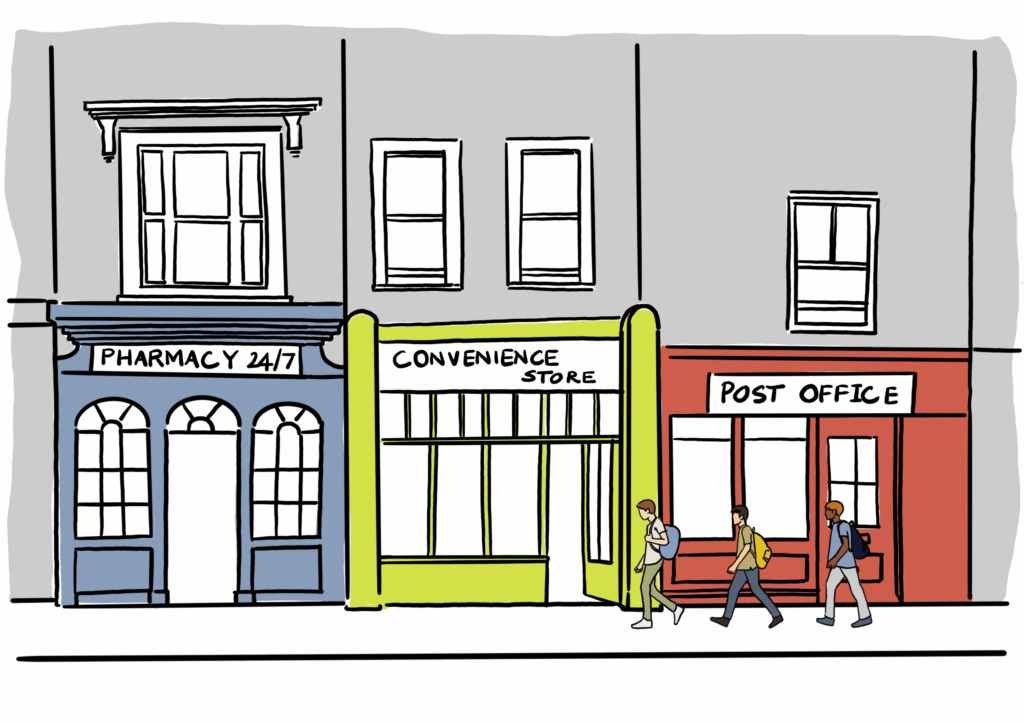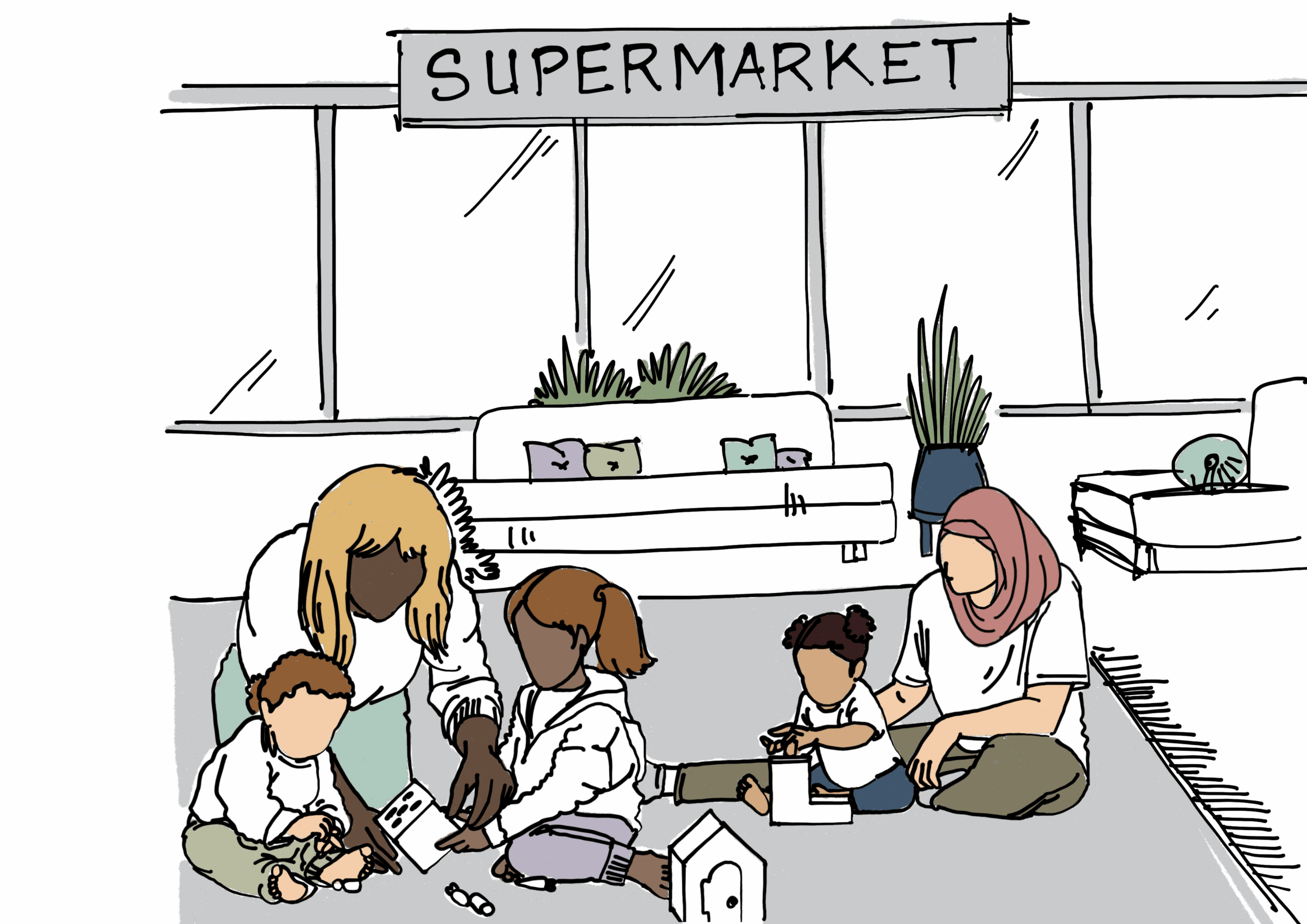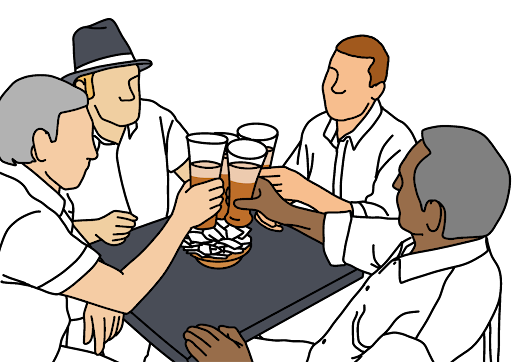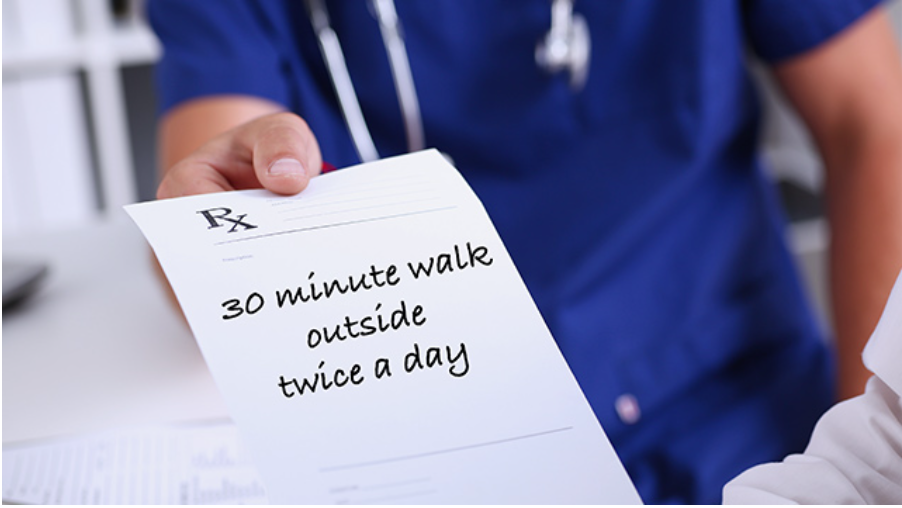The Role Shops Can have in Addressing Loneliness


Where are our places of connection? We may often think of infrastructure in public services as where we connect; our schools, libraries, health centres, parks and community centres. Pubs also offer a social hub role to help foster a sense of belonging for some. All are great examples of places that can help address isolation and loneliness in our communities.
The barriers
But what if the idea of visiting your GP surgery for information fills you with dread? The community centre has closed down? Visiting a library does not feel accessible or you are just unaware of information and opportunity for you as you are yet to be ‘reached’ by public services? That’s where our everyday activities and trusted places become key and these are shops. This blog looks at the role shopping can have in addressing our health and wellbeing which may be one of the few ‘in person’ interactions we all still have in common.
The role shops played in connection
I recently returned from a trip to Türkiye where I was constantly reminded of how civilisations connected and the power of the role of shopping. On a visit to Çatalhöyük I witnessed a settlement from 7000BC where inhabitants lived in mud houses next to one another with access holes in the ceiling. Most activity and socialisation was done on the roofs that acted both as a street and space for socialisation meaning interaction with others was part of everyday life. At Ephesus, walking around the Greek and Roman Agoras where traders gathered from different regions to barter, sell and connect and learn from one another features as a large part of the social infrastructure of the ancient site.


Our UK trials
Over the past 2 years Neighbourly Lab have been researching and trialing innovative ways that both supermarkets and convenience stores could play in supporting people’s health and wellbeing and reduce isolation and loneliness in communities. From this work we believe there are two societal outcomes they can support with:
- Connecting shoppers with help when they need it
- Promoting and enabling more social-connectedness
Supermarkets’ role
Supermarkets are trying to evolve with technology advances alongside prioritising member prices, retaining their customer loyalty and dealing with recent tax increases. However, with an increasing competitive market we have seen the closure of many supermarket cafes and concession stores leaving empty unattractive spaces. We see this is a great opportunity for them to work with the public and voluntary sector to transform these spaces into a social infrastructure asset for the community. The space (along with other underutilised spaces across stores) can be both used as a place for public sector or community groups to signpost to help and support or facilitate activities for connection. These opportunities were tested in different spaces in Glasgow, Birmingham and Sheffield as we have now identified four models that could enable supermarkets to utilise their space for public good. The models are based on three core components of space, people and activity, taking into consideration the local context of each.
Convenience store role
Convenience stores vary massively in size and are dealing with ongoing challenges of crime, single-use vape bans and increasing business taxes. They are already over stretched so we recognise their ability to do more is a big ask. However, we have found that their social infrastructure is a key asset in communities which could be harnessed further with partnership with public sector teams or volunteer and community groups. I’ve previously talked about the specific role they could play as a preventative social prescribing model in communities which needs to be led by public health and NHS teams. The learnings of our trial have tested a leaflet health and wellbeing model being distributed by convenience stores as well as some local cafes to reach and engage residents in new ways which has addressed the outcome of connecting shoppers with help when they need it. We have created this model into a guide for public health teams.
Models to support action
From both trials we have produced a selection of models that can be used for the public sector and voluntary teams to work with supermarkets and convenience stores and other local businesses to create solutions to reaching and engaging members of their community to support their health and wellbeing, especially those at risk of loneliness and isolation.
We’ll be launching these models and guides at the end of June. Come and find out about our insights and recommendations on how public sector and community organisations can build stronger and impactful relationships with shops in their places.
For more information please email annette@neighbourlylab.com
To continue the conversation, click the link below to register & join our webinar on 2nd July at 2PM: Shops, Supermarkets & Social Connection: Understanding Their Role in Reducing Loneliness & supporting community health and wellbeing





Responses